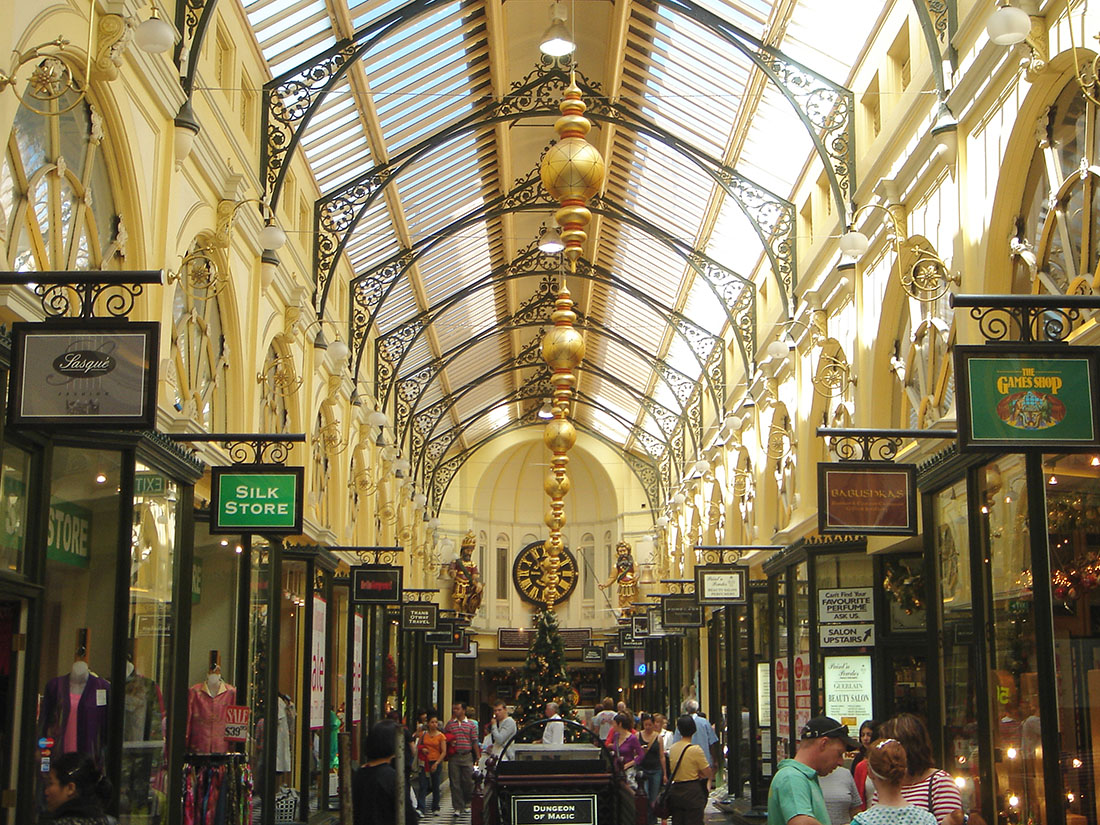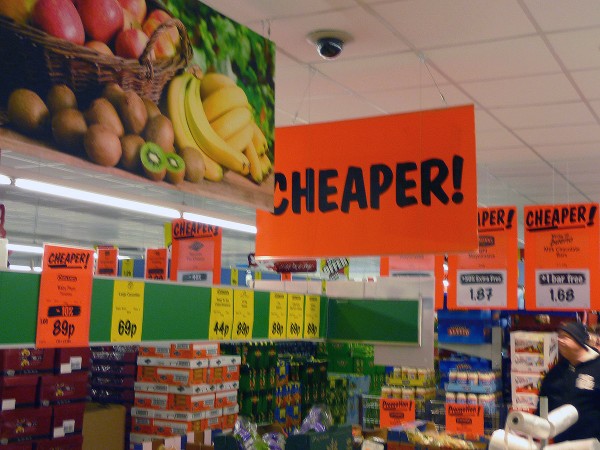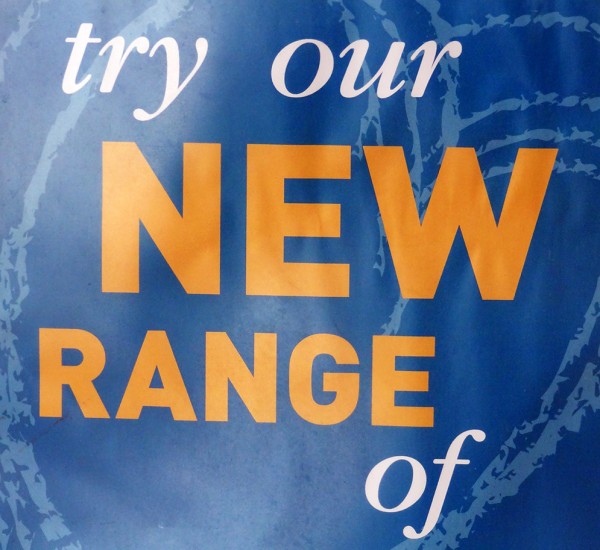 For those of you embarking on a course in economics, one of the first things you’ll come across is the distinction between microeconomics and macroeconomics. The news is full of both microeconomic and macroeconomic issues and you’ll quickly see how relevant both branches of economics are to analysing real-world events, problems and policies.
For those of you embarking on a course in economics, one of the first things you’ll come across is the distinction between microeconomics and macroeconomics. The news is full of both microeconomic and macroeconomic issues and you’ll quickly see how relevant both branches of economics are to analysing real-world events, problems and policies.
As we state in Economics (updated 10th edition), ‘microeconomics is concerned with the individual parts of the economy. It is concerned with the demand and supply of particular goods, services and resources such as cars, butter, clothes, haircuts, plumbers, accountants, blast furnaces, computers and oil.’ In particular, it is concerned with the buying, selling, production and employment decisions of individuals and firms. When you go shopping and make choices of what to buy you are making microeconomic decisions. When firms choose how much of particular products to produce, what techniques of production to use and how many people to employ, these choices are microeconomic ones.
 Microeconomics examines people’s behaviour when they make choices. In fact many of the recent developments in microeconomics involve analysing the behaviour of individuals and firms and the factors that influence this behaviour.
Microeconomics examines people’s behaviour when they make choices. In fact many of the recent developments in microeconomics involve analysing the behaviour of individuals and firms and the factors that influence this behaviour.
Open any newspaper, turn on the TV news or access any news site and you will see various microeconomic issues covered. Why are rents soaring? How is AI affecting various businesses’ productivity? How rapidly is the switch taking place to green energy? How do supermarkets influence spending patterns? Why are wages so low in the social care sector? Why are private PCR tests so expensive for holidaymakers retuning from abroad?
Many of the blogs on this news site will examine microeconomic issues. We hope that they provide useful case studies for your course.
Articles
Questions
- Look through news sites and identify five current microeconomic issues. What makes them ‘micro’ issues?
- If world oil and gas prices rise, why is this a microeconomic issue?
- What do you understand by ‘scarcity’? How is microeconomics related to scarcity?
- Are all goods scarce?
- What is meant by ‘opportunity cost’? Give some examples of how opportunity cost has affected recent decisions you have made.
 We are coming into the big spending season, with Black Friday, Cyber Monday, the run-up to Christmas and then the winter sales. So will we all be rational maximisers and weigh up the utility we expect to receive from items against the price we pay (plus any other cost, such as time spent searching/shopping)? Or will we use a set of heuristics which make life easier and that we have found to be useful in helping us choose – heuristics such as buying things we’ve liked before, or going for things on special offer?
We are coming into the big spending season, with Black Friday, Cyber Monday, the run-up to Christmas and then the winter sales. So will we all be rational maximisers and weigh up the utility we expect to receive from items against the price we pay (plus any other cost, such as time spent searching/shopping)? Or will we use a set of heuristics which make life easier and that we have found to be useful in helping us choose – heuristics such as buying things we’ve liked before, or going for things on special offer?
The answer is that we do probably use a set of heuristics, at least for many items. And don’t the retailers and the marketing firms they employ know this!

They will use all sorts of tricks of the trade to persuade us to part with our money. These tricks are designed to nudge us (or push us), without us feeling manipulated or conned – at least until we’ve bought their product.
And the tricks are getting more sophisticated. They include special offers which are not as good as they seem, time-limited offers which stimulate us to buy quickly without carefully thinking about what we’re doing, cunning positioning of products in shops to encourage us to buy things we had not planned to buy, adverts which play to our idealised perceptions or the ‘good life’ or what we would like to achieve, and packaging or display which make the product seem better than it is.

Also we are increasingly faced with targeted advertising where our smart devices capture information about our spending habits and tastes through our previous online spending or our search behaviour. This is then fed to advertisers to tailor adverts specifically to us on our mobiles, tablets, laptops and even, soon, on our smart TVs.
We may have a general desire to maximise utility from our spending, but market failures, such as consumers having imperfect information about products and a present bias (see also) in decision making, make us easy targets for the advertising and marketing industry. They understand the heuristics we use and try to take maximum advantage of them.
Happy shopping!
Articles
How shops use tricks to get you spending The Conversation, Cathrine Jansson-Boyd (16/11/17)
ColourPop looks to Qubit for next-gen personalization guidance Retail Dive, Dan O’Shea (13/6/17)
Channel 4 to offer 100% ad targeting across All 4 platform, seeking partners for linear equivalent The Drum, Jessica Goodfellow (14/11/17)
How Google aims to bring TV advertising into the 21st century The Drum, Ronan Shields (19/10/17)
How to Use Heuristics to Your Marketing Advantage MarketingProfs, Cam Secore (12/11/15)
Questions
- Does the use of heuristics contradict the assumption that consumers behave rationally?
- Give some examples of heuristics that you yourself use.
- Other than those identified above and in the first article, what ‘tricks’ might companies play on you to persuade you to buy their products?
- Is advertising personally targeted to individual consumers desirable for them?
- Give some examples of present bias in people’s behaviour.
- What factors should a retailer take into account when deciding whether to make pre-Christmas discounts?
- Explain what is meant by ‘affect heuristic’ and how the advertising industry uses the concept in setting the background to or scenario of an advertisement.
- Have you ever been persuaded into buying something you didn’t want? Why were you persuaded?
 For those looking to buy larger electrical appliances at cheaper prices, things might be looking up, as Comet have begun heavy discounting after entering administration. Deloitte, as the administrator, will now begin the search for a buyer for this retailer, while Comet aims to raise the funds to rescue the company.
For those looking to buy larger electrical appliances at cheaper prices, things might be looking up, as Comet have begun heavy discounting after entering administration. Deloitte, as the administrator, will now begin the search for a buyer for this retailer, while Comet aims to raise the funds to rescue the company.
Comet was bought by OpCapita last year, but with poor performance continuing across the 200+ stores, we could be about to see the demise of this retailer. Over 6,000 jobs are now at risk, although Deloitte has maintained that stores will continue to trade and that redundancies will not be made. One of the administrators said:
‘Our immediate priorities are to stabilise the business, fully assess its financial position, and begin an urgent process to seek a suitable buyer which would also preserve jobs.’
The retail environment has inevitably suffered over the past few years, with well-known companies such as Woolworths, Optical Express and JJB Sports (to name a few) entering administration. Comet, therefore seems to be the latest in a long line of sad trading stories. So, which factors have contributed towards the collapse of this giant retailer?
Over the past few years, online retailers have gained a larger and larger market share. These internet retailers do not have the same overhead costs that Comet and other high street retailers face. To open a store in an area where customers are in high supply, premium rents must be paid and this adds to the cost of running any given store. In order to cover these higher costs, higher prices can result and this, together with consumers facing tight budgets, has led many customers to look at the cheaper alternatives online. Deloitte has also said that Comet has been suffering from a lack of credit, which has meant that it has not been able to purchase stock in the run-up to Christmas. Deloitte commented that:
‘The inability to obtain supplier credit for the peak Christmas trading period means that the company had no realistic prospect of raising further capital to build up sufficient stock to allow it to continue trading.’
Concerned customers are naturally emerging, wondering whether items they have ordered and paid for will actually turn up. However, Deloitte’s reassurance that trading will continue may go some way to relieving their concern. The following articles consider how Comet has fallen from the sky.
Comet officially enters administration, stores re-open for expected firesale The Telegraph, Graham Ruddick and Helia Ebrahimi (2/11/12)
Comet calls in Deloitte as administrators BBC News (2/11/12)
Apple sky-high as Comet falls to earth The Guardian, Zoe Wood (2/11/12)
Comet enters administration, Deloitte seeks buyer Reuters (2/11/12)
Comet electricals administrators formally begin search for saviour The Guardian, Zoe Wood (2/11/12)
Comet goes into administration Financial Times, Andrea Felsted (3/11/12)
Comet collapse: Deloitte blames internet and lack of first-time home buyers The Telegraph(2/11/12)
Collapse of Comet puts 7000 jobs in danger Independent, James Thompson (2/11/12)
Questions
- Why does the retail environment remain very weak?
- Explain why Deloitte suggest that a lack of first time home buyers has played a part in the demise of Comet.
- Why has a lack of credit contributed towards Comet’s downfall?
- Should customers be concerned about how Comet’s demise (if indeed a buyer is not found) might affect prices in other retailers such as Currys, given that they will now have a larger share of the market?
- Why has online trading contributed towards the harsher retail environment for the high street stores? You should think about fixed and variable costs in your answer.
- Why are companies such as Apple doing so well relative to other companies, such as Comet and JJB Sports? Is there a secret to their success?
- What impact might this collapse have on local labour markets, given Comet employs so many people? Think about the effect on wages, unemployment and on claimants of benefits.
As students, many of you probably have a student identification card, which you might use when you go to the cinema or when you buy something in a shop offering student discounts. Your parents or grandparents, if they are 60 or over, may get similar discounts, and your younger siblings or nieces and nephews may pay nothing for certain services.
It doesn’t cost a cinema more to provide a seat for an adult than it does for a child, a student or a senior citizen. So, why is it that firms can charge different groups of consumers different prices, even though they are consuming the same good or service? We are, of course, referring to the ability of a firm to price discriminate. The following short cases look at the concept in action.
Price discrimination: Russians get a discount Daily Markets, Mark Perry (12/10/10)
Theme park tickets and passes for Florida residents Walt Disney World 2010
Price discrimination: India and Disney World Daily Markets, Mark Perry (10/10/10)
Freedom’s just another word for getting a state subsidy The Economist (18/10/10)
Questions
- What are the different types of price discrimination?
- In the cases in the articles above, what type of price discrimination is being used?
- Illustrate this concept on a diagram and explain why a firm would use price discrimination. How will it affect revenue and profits?
- What are the key conditions needed for price discrimination to take place? In the cases above, why is it that British consumers are charged a higher price? What does this tell us about their price elasticity of demand?
- What forms of price discrimination (a) are being practised by US private universities and (b) being proposed in the Browne report for students at English universities?
- What other examples of price discrimination can you think of? Try and think of examples that fit into the different types of price discrimination.
Behavioural economics looks at the way in which people behave when making economic decisions about spending. It looks essentially and what people buy and why they buy it. Research in behavioural economics has started to question some of the traditional economic assumptions of rationality and argues that habits and other psychological factors may be more important than conventionally assumed.
Why we buy what we buy Guardian (20/5/08)
Questions
| 1. |
Explain what is meant by ‘behavioural economics’. |
| 2. |
Evaluate the principal factors that people take into account when choosing to buy a consumer good. |
| 3. |
“….. average people are all far more irrational and more human than economists allow”. Discuss the extent to which this might be true. |
 For those of you embarking on a course in economics, one of the first things you’ll come across is the distinction between microeconomics and macroeconomics. The news is full of both microeconomic and macroeconomic issues and you’ll quickly see how relevant both branches of economics are to analysing real-world events, problems and policies.
For those of you embarking on a course in economics, one of the first things you’ll come across is the distinction between microeconomics and macroeconomics. The news is full of both microeconomic and macroeconomic issues and you’ll quickly see how relevant both branches of economics are to analysing real-world events, problems and policies. Microeconomics examines people’s behaviour when they make choices. In fact many of the recent developments in microeconomics involve analysing the behaviour of individuals and firms and the factors that influence this behaviour.
Microeconomics examines people’s behaviour when they make choices. In fact many of the recent developments in microeconomics involve analysing the behaviour of individuals and firms and the factors that influence this behaviour.


